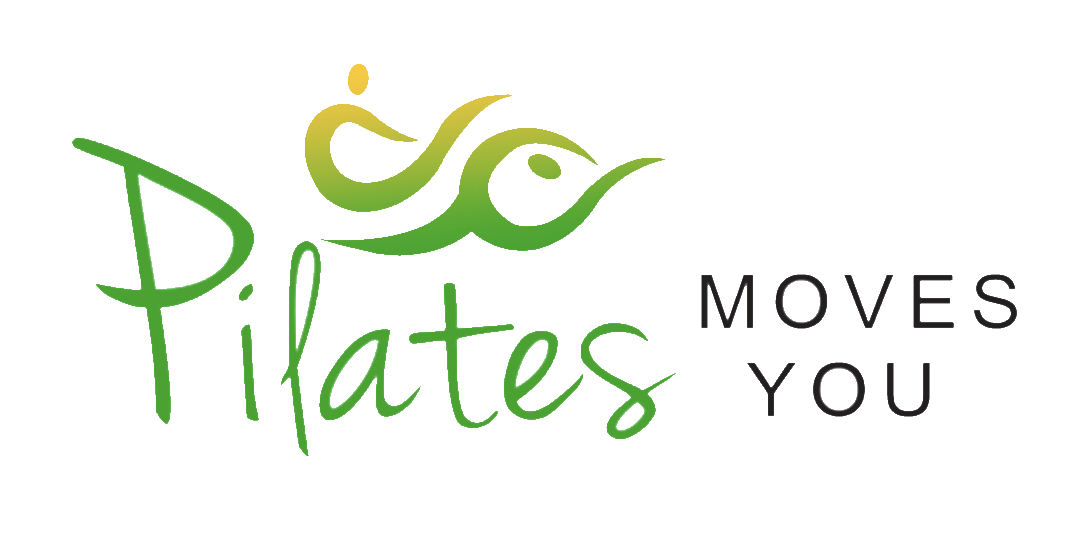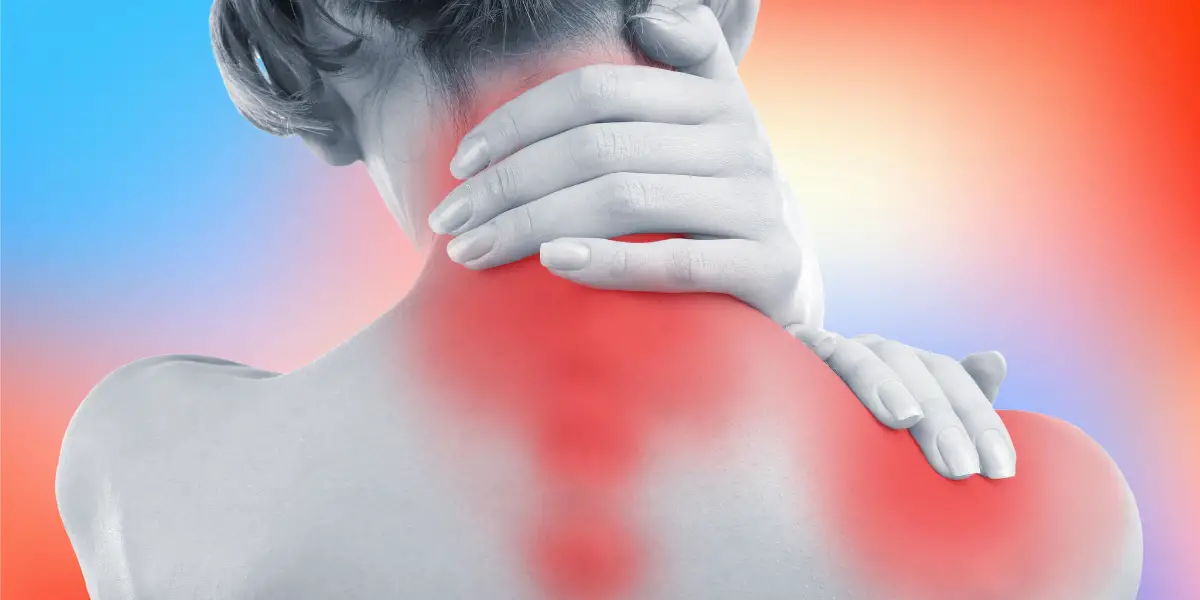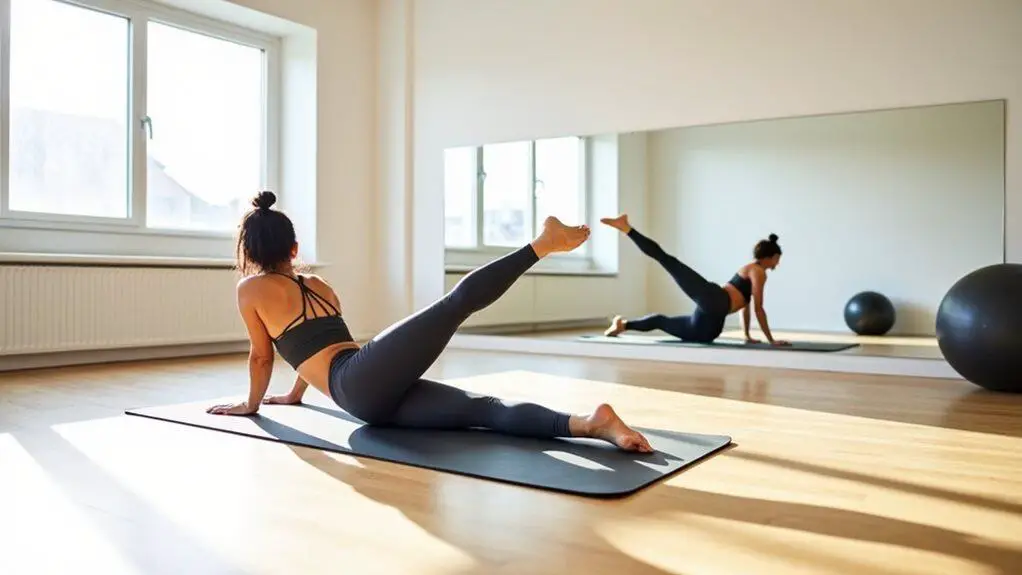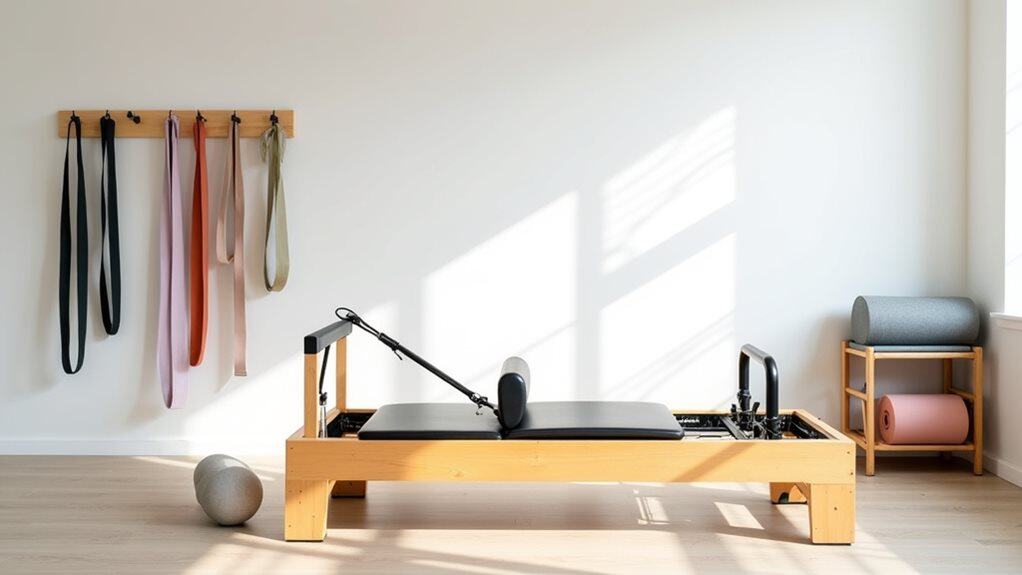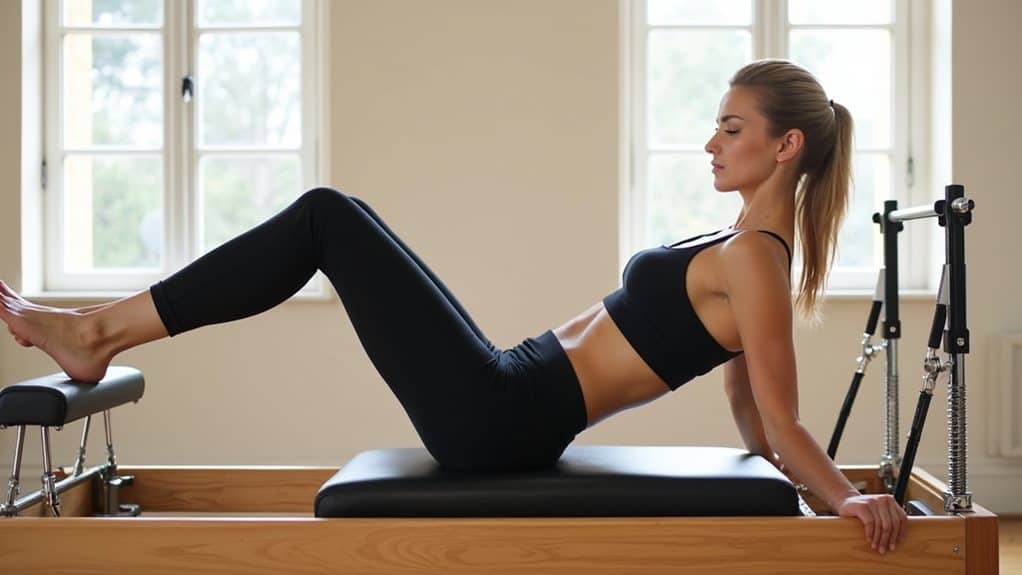I have been teaching Pilates for many years and the results have been amazing! My body is toned, strong and flexible. When clients first come to see me they’re often new to Pilates and after a session or two I get asked the same question: “I started to feel sore after Pilates, should this happen? Is there anything that can help prevent this from happening?”
Soreness after Pilates is normal and is a sign that you have worked hard in your practice of Pilates. It indicates your body is repairing, recovering and growing in strength. You might feel a little sore a few hours later, but it is more likely to be felt the next day due to Delayed-Onset Muscle Soreness (DOMS).
DOMS is a common side effect of exercise that usually occurs 24 to 48 hours after the workout, and is a result of working your muscle fibres which causes microscopic damage. Soreness is perfectly natural, severe muscle pain isn’t.
Good vs Bad Soreness
The best way to deal with soreness is to listen to your body. If it hurts, don’t push through it. If you’re not sure if something’s hurting or not, ask someone else who knows you well.
Good Soreness
When you exercise and strain a muscle, it causes micro-tears in the muscle fibres. These tears allow the water and other fluids in your muscle to escape, which causes it to become swollen and tender. This is what we commonly refer to as “good” soreness. Good soreness occurs when you are first working a new muscle, and it signals to your brain and body that it is time to grow stronger. You see, when you are first getting into a new activity or sport, your body is not completely “tuned-in” to it. Therefore, it needs to go through a process of “tune-up” before it can get up to full speed.
The way your body accomplishes this is by causing some soreness, so you can get stronger more quickly. This type of soreness isn’t always felt immediately, and when it finally is felt it usually disappears after about 48-hours. This is commonly known as DOMs and is perfectly natural, but if you do not allow your body enough time to fully recover, it will cause you to become weak, and increase your risk of injury.
Bad Soreness
On the other hand, if you continue to exercise a muscle after it has been strained, without giving it time to heal, you will actually cause more damage than good. When this happens, the micro-tears in the muscle become “frozen” in place, which prevents the water and other fluids from escaping, and causes your muscle to become much more swollen and stiff. This makes it very difficult for your muscles to function properly, and can even lead to chronic pain. In many cases, this can last for years, and can severely reduce your quality of life. This is what we commonly refer to as “bad” soreness.
In most cases, you will experience bad soreness when you are overtraining. And sadly, many people do not realize that overtraining happens a lot more often than you would ever guess.
The sad truth is, if you do not pay attention to your body and listen to the warning signs, you will almost certainly end up overtraining, and experiencing bad soreness and intense muscle pain. Therefore, the first step to preventing overtraining is to pay close attention to how your body feels, and make sure you are stopping physical activity when it tells you to stop. Next, make sure you are resting enough to allow your body to repair itself.
There are a few other things you can do to help prevent bad soreness. The first is to work out at a moderate intensity. This means that you should be slightly breathless, but not so exhausted that you cannot continue. You see, working out too hard will actually cause you to overheat, and this in turn will prevent your muscle from getting the oxygen it needs to heal properly. And the last thing you want to do is work out when it’s hot, because this will only cause you to overheat, and put even more strain on your body. Therefore, always make sure you are wearing proper clothing, drinking plenty of water, and performing your warm-up and cool-down correctly.
What is Delayed-Onset Muscle Soreness (DOMS)
I often get asked “is it normal for your body to hurt after Pilates?” and when I explain to clients about microscopic damage to their muscles they look horrified, it sounds scary doesn’t it?
Delayed Onset Muscle Soreness (DOMS) is part of the natural process your body goes through when building muscles and increasing strength. Training causes microscopic damage to muscle fibres. When the damage heals, the muscle fibres get stronger.
There is usually nothing to be concerned about, the experience can be uncomfortable, but it is all part of the healing and growth process.
In my recent blog post ‘Is Pilates Strength Training‘ I explored why Pilates can only take you so far if you’re looking to build muscle: Pilates uses our own body weight, so there will be a point where this isn’t enough to see considerable growth because the muscles are not being worked hard enough.
When starting out in Pilates this isn’t usually an issue, most people find their body weight challenging enough, and those who want an extra challenge can add in small hand weights.
It’s worth noting delayed-onset muscle soreness isn’t unique to Pilates, any physical activity can result in a feeling of soreness and is especially likely when working muscles that aren’t normally used, working muscles harder the usual or working them differently (for example a challenging position they wouldn’t naturally be in).
If you did a morning Pilates class this delay means you will likely feel fine for the rest of the day, but might start to feel something later that evening. When you wake up the next day, this sensation could develop into a very sore feeling, or feeling stiff as you wake up and move around.

Where you’ll feel sore depends on which muscles you’ve worked. Let me give you a recent example I had with a client, she does an outdoor boot camp class in addition to seeing me for Pilates. During one of these boot camp class she did a lot of squats and the following day she struggled with getting up and down the stairs!
The good news? DOMS doesn’t last forever! In fact, most people experience some degree of recovery within 48-72 hours. The bad news? It can be uncomfortable for several days or even weeks if you’re not careful about how you treat yourself during this time.
Is it bad if I don’t feel sore after a workout?
If you’re new to Pilates, or any sort of exercise, you might be dreading the expected feeling of soreness after a session and then wonder why you feel fine.
Sore muscles are not usually felt directly after a workout. There is usually a delay which results in feeling soreness the following day.
Typically, the day of your exercise routine will leave you feeling tired. This fatigue is normal and is caused by the increased energy demands placed upon your system. Your brain needs more oxygen than usual to keep pace with the additional work done by your heart and lungs.
Fatigue also occurs due to the release of hormones such as cortisol and adrenaline. These hormones help prepare your body for action. They increase blood flow to active tissues and cause other changes necessary for optimal performance. The following day, you might feel muscle stiffness, a loss of muscle strength, and a reduced range of movement.
If you don’t feel tired or sore it is likely the exercise programme you are undertaking doesn’t contain enough strenuous exercise to challenge your muscles. If the muscle fibres aren’t challenged to the point of breaking there won’t be any muscle repair which means there won’t be any soreness.
Can I do Pilates with sore muscles?
As a Pilates teacher, I often conduct several classes the same day and this can leave me feeling sore.
It is possible to do Pilates with sore muscles, but it is important not to overexercise. Consider mixing up the routine so other muscles which aren’t sore are the focus. For example, if muscles in your upper body are sore, focus on your lower body.
This is how I prevent injury, I make sure I don’t overwork the sore muscles and will adjust my routine to focus on a different muscle group to give my sore muscles a chance to recover.
For example, if I feel especially sore in my abdominal muscles, I might do a routine with a magic circle that focuses on my arms instead. This gives my abdominal muscles time to recover, but, of course, I may find my arms are sore the following day.
As Pilates is primarily focused on increasing core strength via improvement to core muscles you might find it better to do a different type of exercise, a brisk walk for example, something that isn’t too strenuous and can give your entire body time to recover.
Listen to your body, don’t push yourself past breaking point and make sure to drink plenty of water and eat well.
How to relieve sore muscles after a workout
Soreness is a common complaint among people who exercise regularly. The best way to relieve it is by taking some time off from exercising. If you continue to train hard without rest, you may end up injuring yourself.
Below are a number of simple things that you can do to try and relieve your muscles of soreness.
Heat Treatment
Heat helps promote blood flow and can help with soreness. You could take a warm bath or lie down with a hot water bottle or warm compress on your muscles and let them relax.
Cold Treatment
You may wish to use ice packs or cold compresses to reduce swelling and inflammation, which can occur due to intense workouts.
Massage
A massage can be relaxing and soothing. In addition to helping with sore muclses, massages can have a positive effect on reducing stress levels and improving moods.
Foam Rolling
This is a useful method to self massage. Foam rolling is a technique that involves rolling over the muscles in a slow and deliberate way in order to release built up tension. It uses a cylinder of foam which moves forwards and backwards easily, helping to massage you.
Here is a useful video demonstrating the different techniques you can use:
In conclusion, sore muscles are not an indication of poor training. Soreness is a natural part of the process of building muscle and should not cause concern. However, if you are concerned about your health, seek medical advice.
